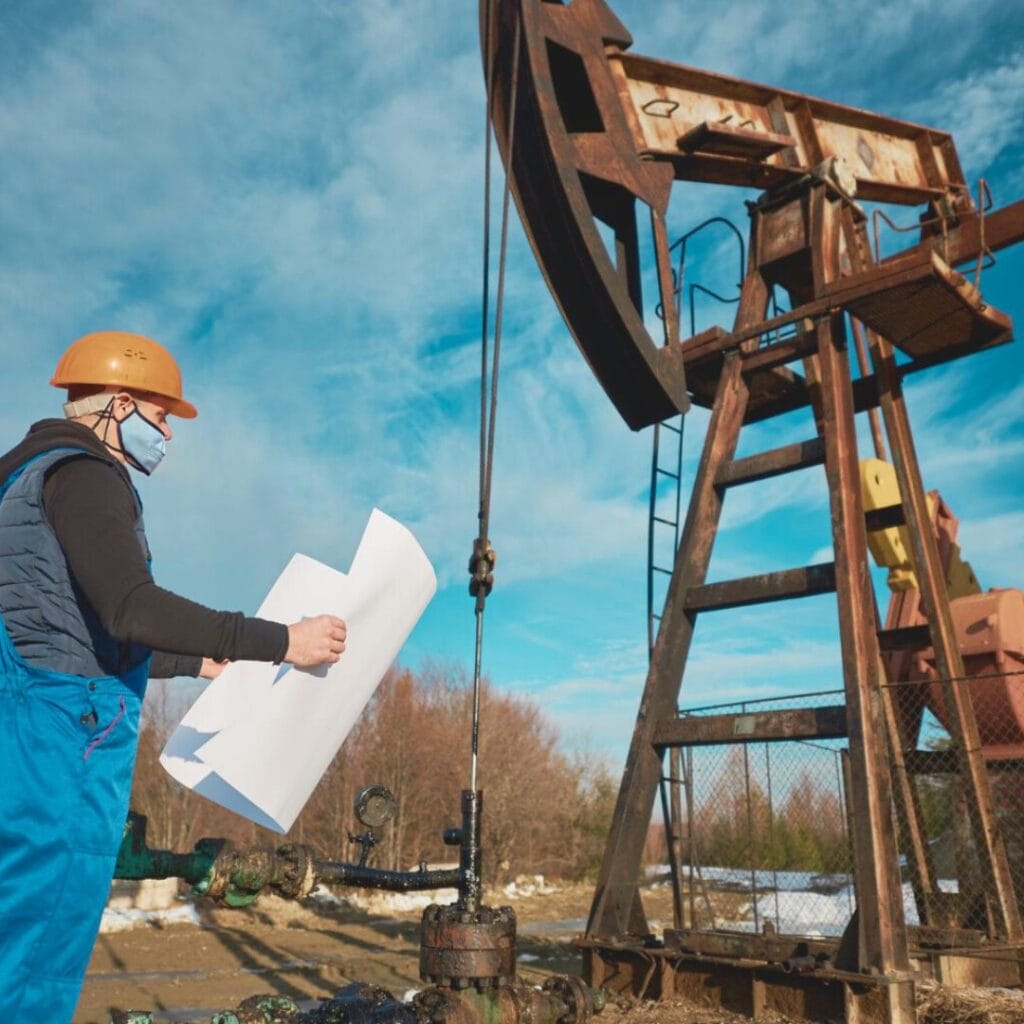Home» Construction Material Analysis» Geotechnical Investigation
Geotechnical Investigation
Soil investigation is a crucial aspect of geotechnical engineering that involves assessing the physical, mechanical, and chemical properties of the soil at a construction site. This process aims to understand the subsurface conditions, providing valuable information for designing foundations and evaluating potential risks associated with construction projects. Soil investigation typically includes techniques such as drilling, sampling, and laboratory testing to analyze soil composition, strength, permeability, and other relevant characteristics. The gathered data helps engineers make informed decisions regarding the suitability of the soil for supporting structures, ensuring stability.
A sandy soil sticks together more than a sand but can be easily broken. Individual sand grains can be felt and heard if a wet sample is rubbed between the index finger and thumb and held close to the ear.
A silty soil is like a soil but has a smooth silky feel when a moist sample is pushed between the index finger and thumb. On drying a sample can form a hard lump but this may be broken by hand.
A sandy clay soil is like a clay soil but sand grains can be felt.
A silty clay soil is like a clay soil but silty as well and smooth to the touch.
More easily molded into a shape than a soil, a clay soil rolls out to a thin ribbon between the palms while a soil will break-up. When dry a clay soil will form a lump but is not as tough to break as a clay.
A silty clay is like a clay but smoother.
Rocks are naturally occurring solid substances composed of minerals or mineraloids. They form through geological processes such as cooling and solidification, sedimentation, or metamorphism.

Types of tests performed at site as well as CLL lab
| Physical Properties | Chemical Properties | Soil Bearing Capacity | Testing of Rock |
|---|---|---|---|
| Soil Texture | PH | Direct Shear Test | RQD (Rock Quality Designation) |
| Classification | Conductivity | Triaxial Strength | Dry density of rock |
| Compaction | Cation Exchange Capacity | Consolidation | Water absorption of rock |
| Porosity | Organic Matter | Proctor Test (OMC & MDD) | Unconfined Compressive Strength of rock |
| Permeability | Carbon to Nitrogen Ratio | California Bearing Ratio (lab & Field) | CBR Test |
| Water Holding Capacity | Gypsum | Unconfined Compressive Strength | Rock recovery ratio |
| Void Ratio/Swelling pressure | Soil Nutrients | Dry Bulk Density | - |
| Moisture/Free Swell Index | Mineralogical Analysis | - | - |
| Index Properties | Geo Technical Survey | Contaminants | Constrution purpose water testing |
|---|---|---|---|
| Liquid Limit | Plate load test (Load bearing Capacity) | Leachability | Inorganic |
| Plastic Limit | Standard Penetration test | Heavy Metals | Sulphates (as SO3) |
| Plasticity Index | Electrical Resistivity | Pesticides | Chloride (as CL) |
| Shrinkage Limit | Dynamic Cone Penetration Test (DCPT) | VOC’s | PH |
| Density | Bore logging | - | Suspended matter |
| Particle Density | Pile load test | - | - |
| Specific Gravity | Co-efficient of active earth pressure | - | - |
| Particle size distribution | Mineralogical Analysis | - | - |
| Sedimentation | Co-efficient of passive earth pressure | - | - |
